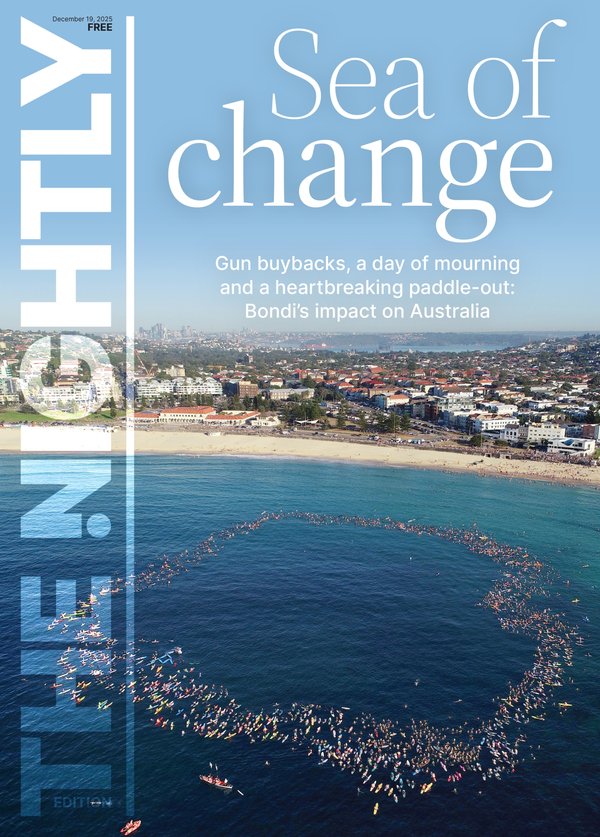Jason Featherby: How gold’s unrelenting upward trajectory caught investors’ attention

The price of gold has been on an unrelenting upward trajectory, capturing the attention of investors and economists alike.
Recently, gold prices hit a record high of $US3500 ($5402) per ounce, and at the time of writing, it stands at $US3246/oz. For us, this translates to an astounding $5061/oz.
This remarkable surge has seen the gold price increase by 18.53 per cent year-to-date, nearly 40 per cent over the past 12 months, and close to 100 per cent over the past five years.
Sign up to The Nightly's newsletters.
Get the first look at the digital newspaper, curated daily stories and breaking headlines delivered to your inbox.
By continuing you agree to our Terms and Privacy Policy.There are several leading factors behind the dramatic rise in the value of gold, including the announcement of “reciprocal tariffs” by US President Donald Trump, which has heightened the potential for a global trade war.
Such uncertainty in the markets often drives investors towards “safe haven” assets like gold, boosting its demand and price. There are also fears of rising inflation which, combined with a weakening US dollar, have also led to gold becoming a more attractive investment globally.
With such a dramatic rise in value in such a short period, investors may be asking themselves if it’s too late to join the gold rush.
Well, the answer to that is absolutely not. Gold can play a role in diversifying your portfolio at any point in time. In the end, whether gold is right for you depends on your personal goals and how much risk you’re comfortable with.
Gold in a diversified portfolio
Gold can play a crucial role in a diversified investment portfolio or super fund, depending on individual goals and objectives.
Most financial advisers view gold as a hedge or insurance that performs well during times of economic or political volatility.
The general rule of thumb is to limit gold to 5-10 per cent of a portfolio. However, one significant disadvantage of gold is it does not generate income, so investors rely solely on price appreciation for returns.
There are several ways to invest in gold, each with its own pros and cons. If you do choose to invest in gold, it’s important to educate yourself on how to invest safely and be careful of potential scams and counterfeits on the market.
Physical gold
When you buy physical gold, such as bars or coins from the Perth Mint, you own the actual metal. This tangible asset can be reassuring for many investors.
There are additional costs involved, including fabrication fees (the cost to produce the gold bars or coins) and storage fees if you choose to store your gold in a secure facility.
Alternatively, you can store it yourself, but this comes with its own risks and costs (like buying a safe).
Another option for ownership is to buy unallocated gold from the mint. This means your gold is held in a pool with other investors’ gold.
You don’t have specific bars or coins allocated to you, but you still own a portion of the total pool. This can be more cost-effective as it usually has lower storage fees
Exchange-traded funds
Gold-backed exchange traded funds are a popular option for investors. These funds track the price of gold by holding gold contracts.
On the ASX, the main ETFs are GOLD, which tracks the gold price in Australian dollars, and QAU, which tracks it in US dollars. Investors do not own the physical gold but benefit from price movements.
Like other ETFs, these can be easily bought and sold as you would buy or sell CBA or BHP shares, and are therefore a more liquid option.
Gold stocks
Investing in gold mining companies can offer higher returns when gold prices rise.
However, gold stocks are more volatile than the metal itself and therefore riskier, as company performance depends on factors other than the gold price, such the cost extracting ore from the ground, management decisions, and geographical influences.
You may well have the rising gold price theme correct, but choosing the wrong stock to buy can result in heavy losses.
Jason Featherby is the founder and executive director of Leeuwin Wealth
Originally published as Jason Featherby: How gold’s unrelenting upward trajectory caught investors’ attention
